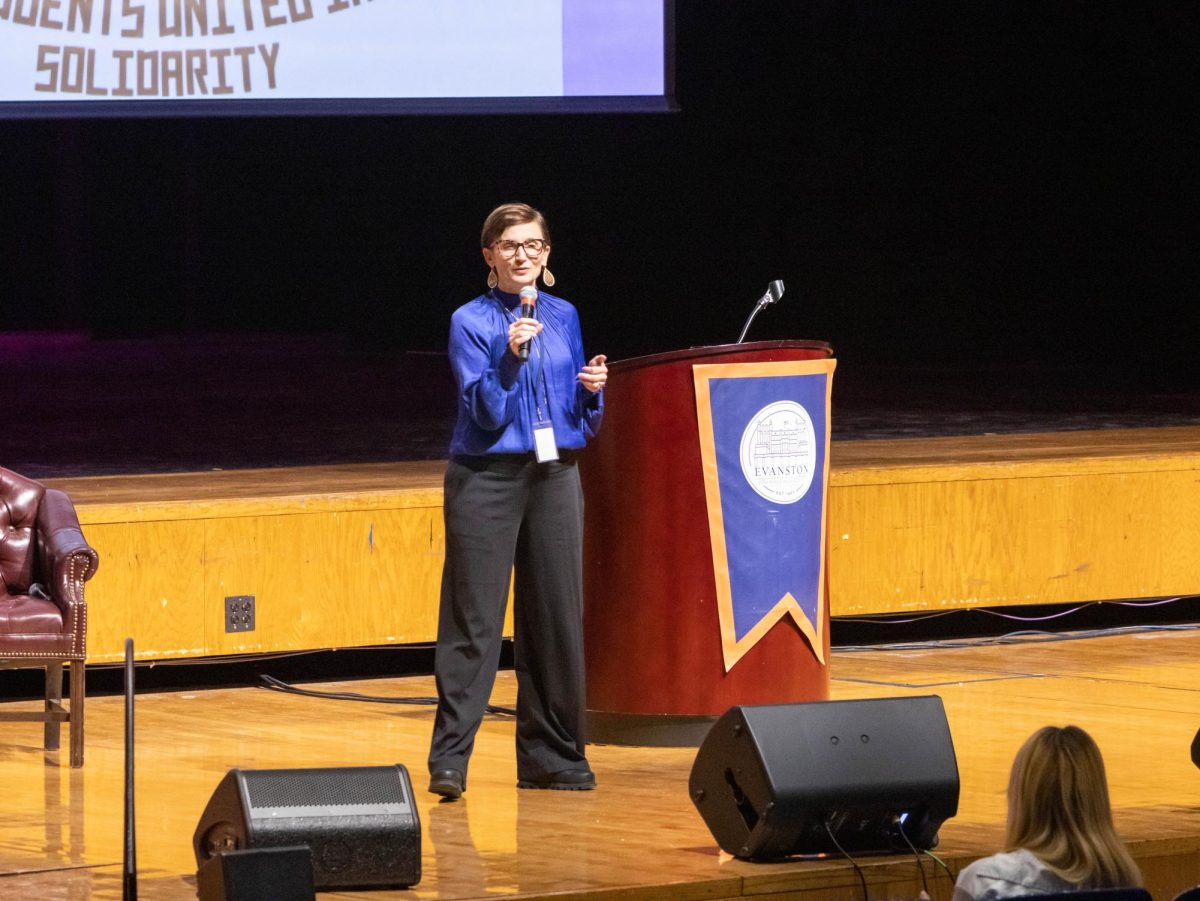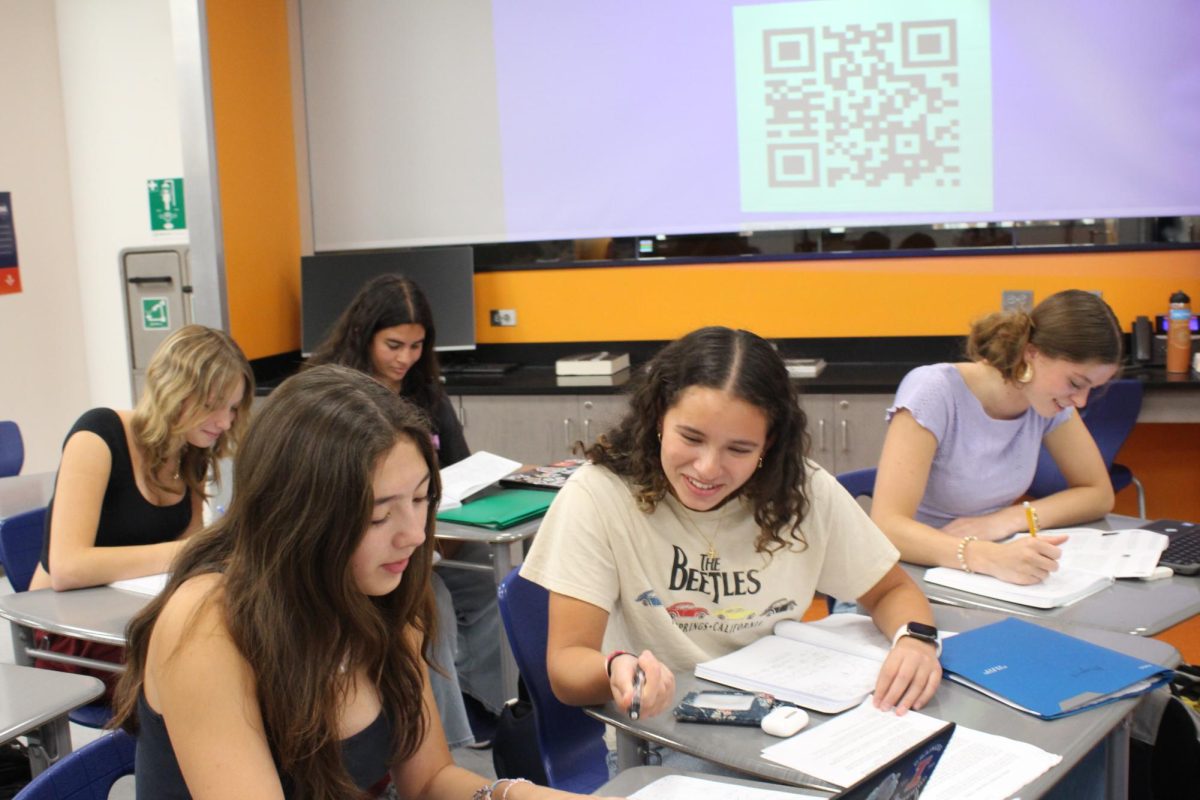The cheating epidemic: It’s time for a mindset shift
February 24, 2017
While people preach academic integrity at high schools everywhere, the reality is that most students feel pressure to cheat, and our current policy focuses too much on punishing dishonesty rather than promoting integrity.
Most high school students feel pressure to cheat. In a survey of 177 ETHS students, 82% admitted to cheating in some way. This is because our lives as students are essentially like playing a numbers game. High school grades and test scores carry an immense amount of weight as we prepare for our futures.
Because stakes are high, pressure to achieve high marks may help students rationalize cheating. The emphasis has become about the grade we receive, and less about how we receive it. However, we have to ask the hard question: When we take shortcuts, are we really just cheating ourselves?
Cheating can take many forms, making it difficult for teachers and administrators to catch. In the Internet Age, access to technology has amplified both the ease of cheating and the ability of schools to identify it.
Many teachers have loose phone-use policies, unwittingly allowing students to take and share pictures of homework, classwork or assessments. To fight back, online resources like TurnItIn.com help teachers identify plagiarism. This website checks student work against other writing on the Internet to uncover similarities.
Moreover, our current school policy focuses too much on policing and punishing dishonesty. The ETHS Pilot provides a basic definition of cheating, detailing nine examples of what plagiarism is, and outlining seven subsequent penalties. When a teacher catches students cheating, they typically receive a reprimand or a zero on the assignment. When an instance of cheating is severe enough, it reaches the desk of Dr. Pete Bavis, Assistant Superintendent for Curriculum and Instruction, and the punishment fits the crime.
While it is important to hold students accountable, our school climate must shift from a mentality of preventing dishonesty to one that encourages academic integrity.
The work of Dr. Jason Stephens of the University of Connecticut could provide some guidance for this idea. He conducted a three-year pilot program to reduce cheating in schools. His premise is that honesty and integrity are habits that can be encouraged in school settings, and that teaching academic integrity will promote a culture of honesty.
Bavis suggests that a long-term solution could be creating a “grassroots” code of conduct among students that works to restore academic integrity at the high school.
First we need to be aware, and acknowledge that a cheating problem exists. ETHS students should help guide the conversation, and be active partners with teachers, administrators, parents and community partners in shaping policies and strategies that address solutions. This work won’t be easy, but it will be worthwhile if it helps promote student learning for the right reasons before we leave these halls.












